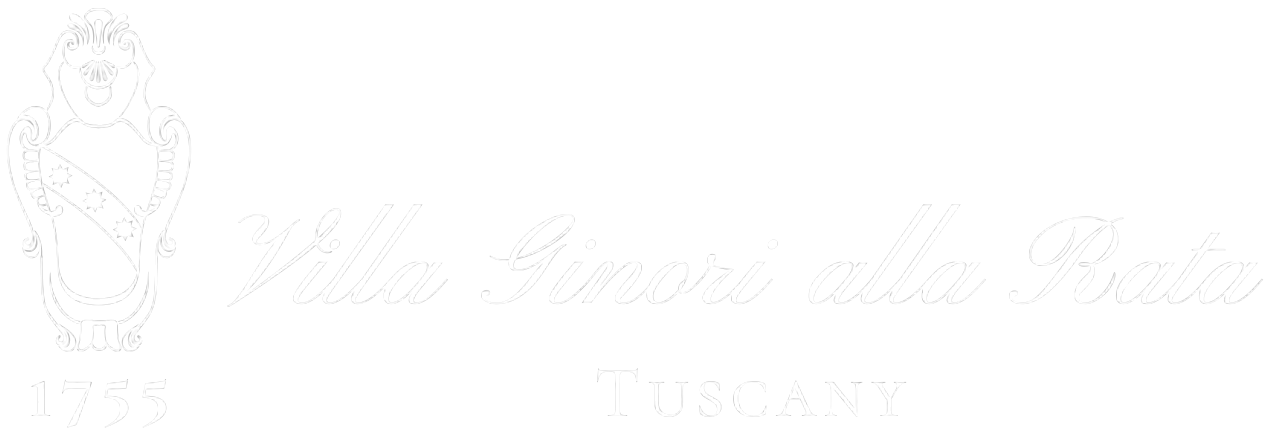Small villages, vineyards, and forests
Territory
The territory surrounding Villa Ginori is immersed in the lesser-known Tuscan countryside, stretching from Florence towards the Chianti Rufina hills and the Mugello area, both famous for food and wine, and rich in Slow Food presidia.
Leaving the city of Florence, one heads towards Pontassieve, famous for its beautiful Medici bridge crossing the Sieve River, rich in evocative aquatic fauna. The lovely medieval tower, also called the Clock Tower, is located at the beginning of the oldest part of the city, winding along the stretch between the tower and the bridge, where today one can find shops, grocery stores, and bakeries.
From Pontassieve we can easily reach the town of Rufina, famous for its vineyards, which produce the renowned Chianti Rufina. Despite its small size, it is the third-largest Chianti-producing area in Italy and is considered one of the finest regions for crafting this exceptional wine. This small town is also well-known for the “bardiccio” a typical sausage with pork meat flavored with fennel and chili pepper, protected a Slow Food Presidium.
In Rufina, you can visit the beautiful Villa di Poggio Reale, dating back to the 16th century, which now houses the Museum of Vine and Wine. In summer, it comes alive with jazz music concerts and wine tastings from the best local wineries. Around the Villa, there is a large park open to the public, accessed from the stunning cypress-lined avenue visible from the road that crosses the town.
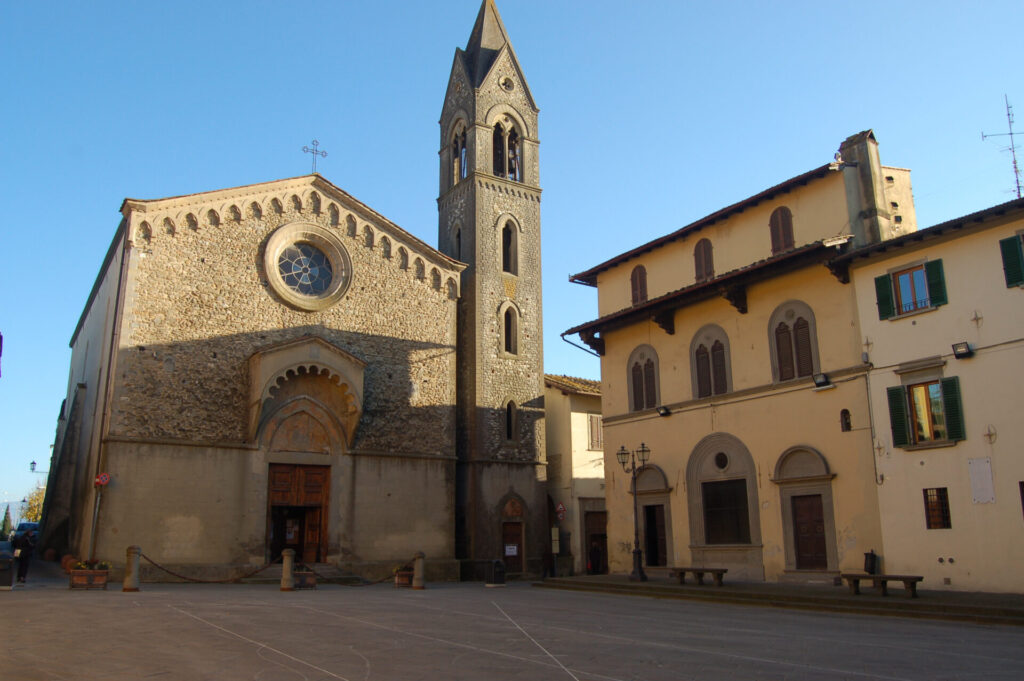
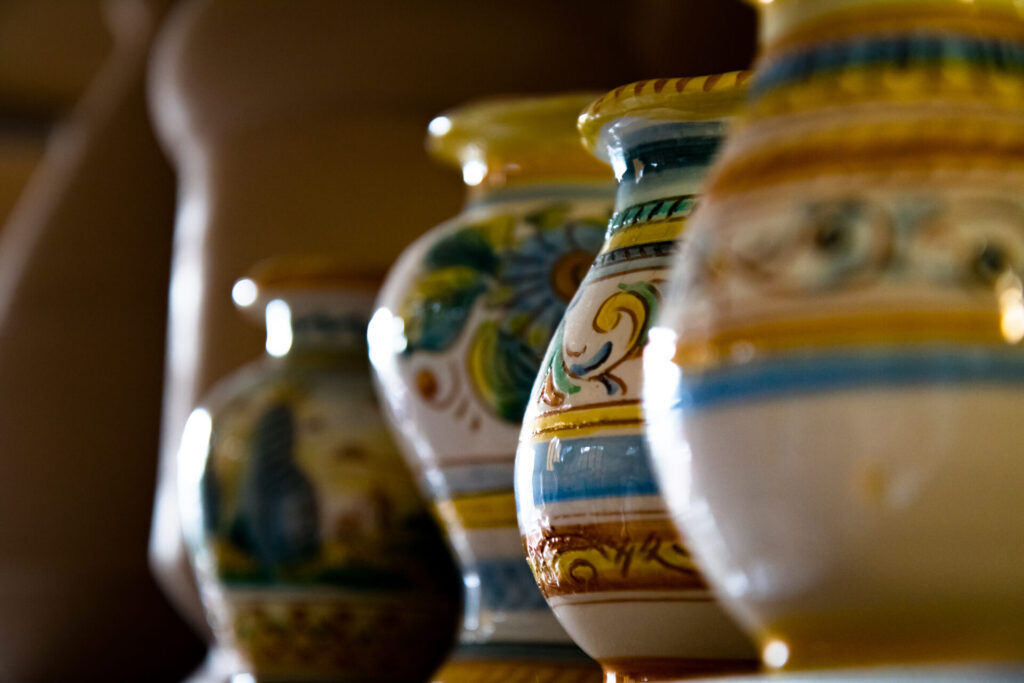
The town of Dicomano is surrounded by Etruscan archaeological sites, and many artifacts can be found in the museum located within the Town Hall, situated in the beautiful central square. The town center retains an ancient appearance, with the main street featuring old arches under which one can find small shops and local products. Both in the town and just outside it, there are many small Romanesque churches, some of which house paintings by authors from the sixteenth and seventeenth centuries, and the countryside is dotted with farms and vineyards. Vey nice local market every Saturday morning.
Although the toponym Londa dates back to 1028, there are actually traces of Etruscan dwellings dating back to the 6th century BCE. The Londa Stele is now preserved in the National Archaeological Museum of Florence, bearing witness to a civilization that left traces of its existence even in the names of the hamlets of Londa, such as the village of La Rata, where Villa Ginori was built.
Around the beautiful village, crossed by the river and surrounded by dense woods, many ancient villas and churches stand, dating from the 1100s to the 1200s, each with its own history or legend.
Londa is famous for its lake, an ideal place for picnics and relaxation, and is part of the Casentinesi Forests National Park. The festival of the peach “Pesca Regina” takes place in early September in the oldest part of the village, and it’s the perfect opportunity to taste this ancient fruit (now a Slow Food presidium), both fresh and in jams and delicious homemade tarts.
Vicchio is the hometown of two painters who have made history in Italian figurative art: Giotto and Beato Angelico.
Today, Giotto’s house – located a few minutes’ drive from the town center – is open to visitors and hosts a small museum, surrounded by a charming garden with floral species that the painter himself depicted in his paintings, while the Beato Angelico Museum is located in the center of Vicchio, rich in small shops and nice restaurants.
Many small churches were built and decorated between the 12th and 13th centuries, some of which are now open to the public. The surrounding landscape is rich in green fields and woods, vineyards and olive groves, with ancient medieval bridges that preserve their legends (such as the Cimabue Bridge).
First an Etruscan settlement, and then a Roman city, Borgo San Lorenzo is a town where medieval walls and ancient palaces of historical interest are still well visible. The center is characterized by narrow streets and squares that come alive in the evening with young people and music.
The main church is the Pieve di San Lorenzo, which houses a beautiful painting by Giotto and boasts a stunning bell tower. A must-visit is the Museum of the Chini Manufacture, with its splendid ceramics, housed inside Villa Pecori Giraldi. Around the town of Borgo San Lorenzo, you can visit churches and villas from various epochs, as well as take a tour of the interesting local wineries and weekly markets offering typical products.
The Casentinesi Forests National Park offers endless hiking opportunities for everyone, with its over 600 km of trails. It’s possible to hike or bike, following the trekking proposals developed by the park guides.
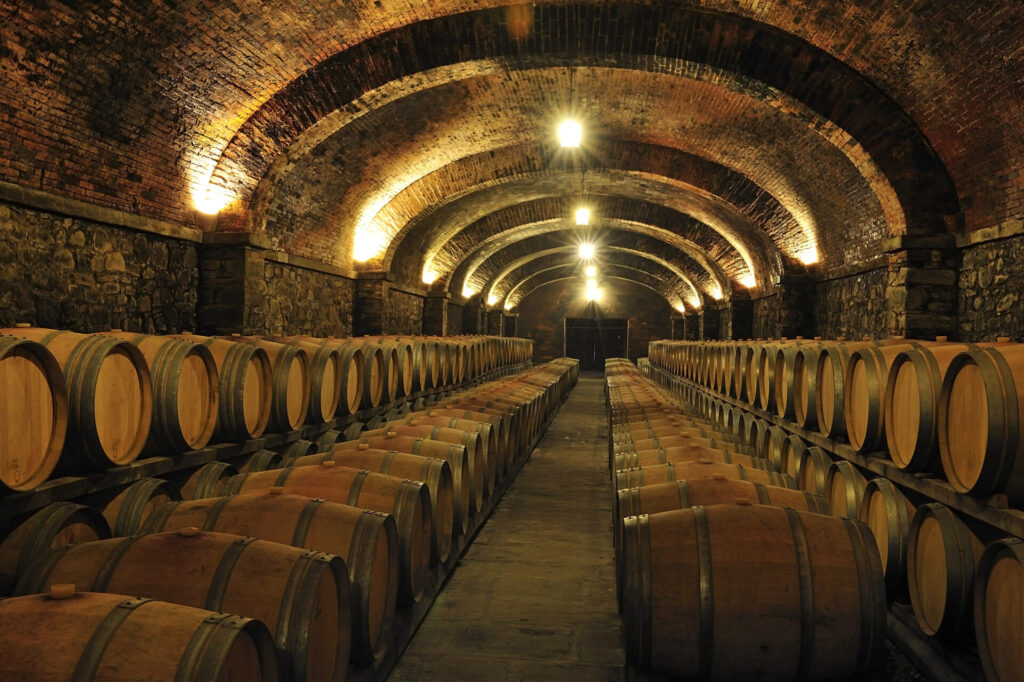
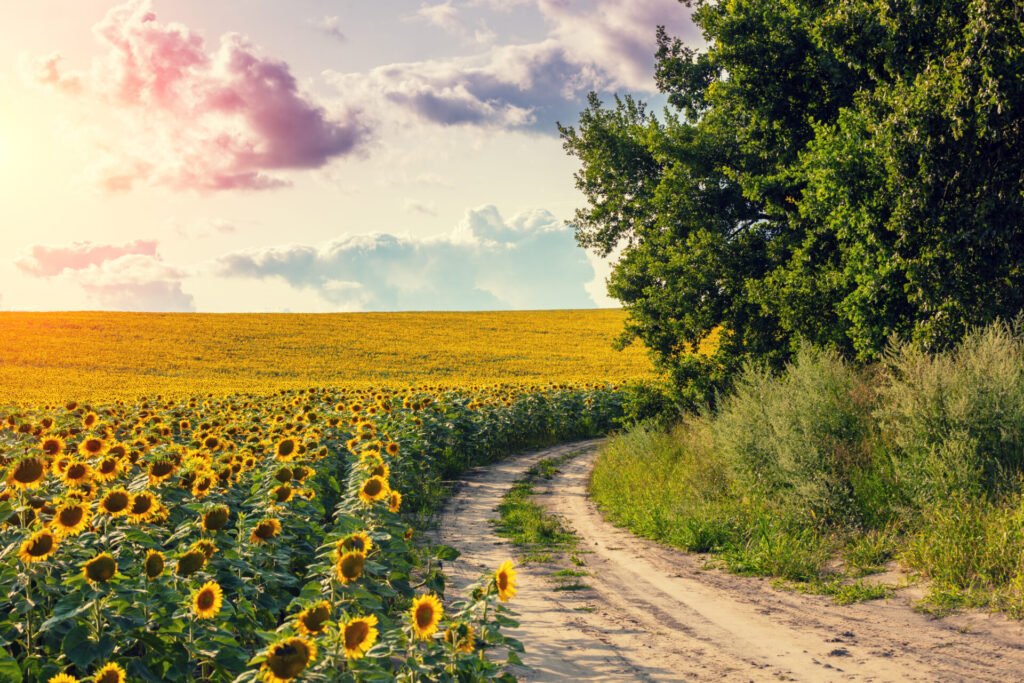
The forests of the Park have been included in the UNESCO World Heritage List. The fauna that can be found there ranges from wolves to deer and mouflon, and the birdlife is incredibly rich, with both resident and migratory species. You can spot falcons, golden eagles, down to small birds like the tit and the bullfinch, as well as nocturnal predatory birds like the tawny owl or the owl.
In the park, many species of amphibians live, including some rare species of salamanders and newts. Moving on to reptiles (where the viper is present), we find species of insects that live in older trunks, including some beetles like the beautiful Rosalia Alpina, which are important for the forest ecosystem and protected by European law.
Rare species of butterflies and dragonflies inhabit the areas of the Park’s forests, and along with endemic species and bees, they play a fundamental role in pollination and life on Earth.
Regarding the flora, there are ancient firs and immense beech forests, ash trees, hollies, oaks, and chestnut groves.
The flowers that can be seen (but not picked!) during the seasons include anemones, cranberries, Eugenia’s violet, saxifrage, snowdrops, wild orchids, roses, and many other species that you can easily discover during your hikes.
